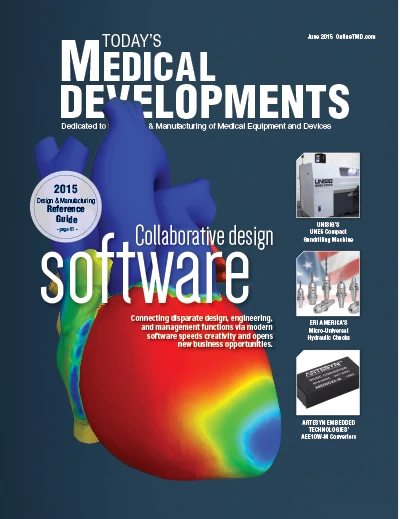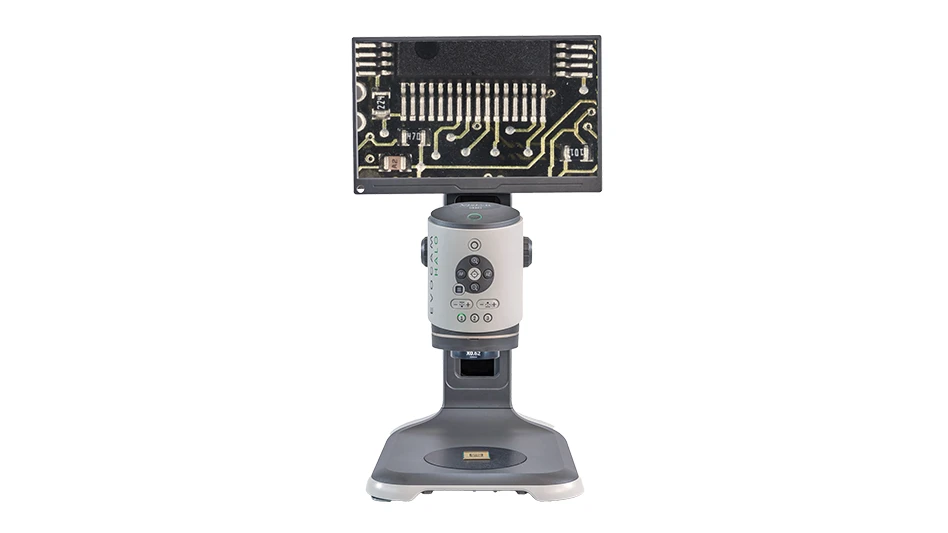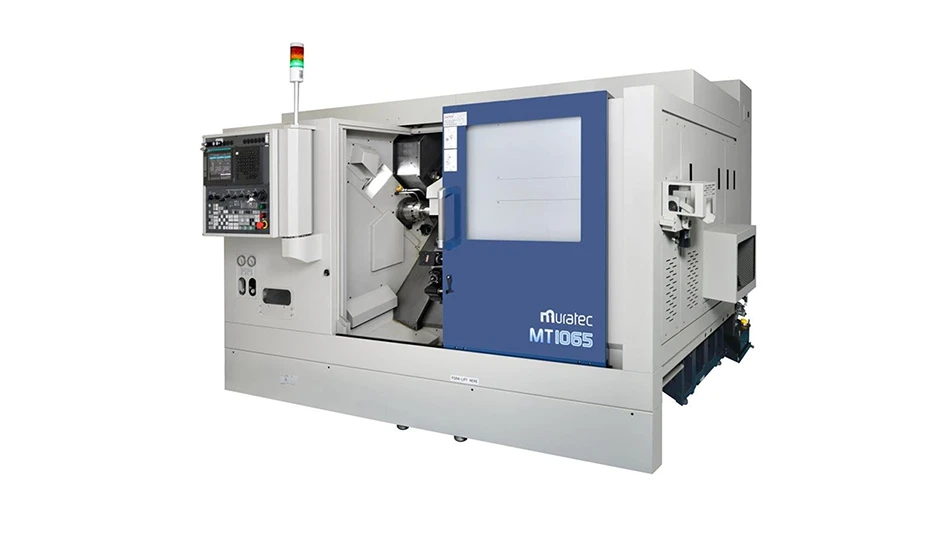 In 2002, Danni and Frank Reilly expected to welcome a bouncing baby girl they named Shannon into the world with nothing but hope and promise for her future. Instead, suffering from severe cerebral palsy as a result of oxygen deprivation during birth, Shannon is unable to walk or speak and will forever require around-the-clock care. After a decade-long fight with the hospital, the second largest malpractice verdict in New York’s history awarded the Reillys $130 million, in part because the obstetrician was not notified of decelerations in the fetal heart rate that were considered nonreassuring.
In 2002, Danni and Frank Reilly expected to welcome a bouncing baby girl they named Shannon into the world with nothing but hope and promise for her future. Instead, suffering from severe cerebral palsy as a result of oxygen deprivation during birth, Shannon is unable to walk or speak and will forever require around-the-clock care. After a decade-long fight with the hospital, the second largest malpractice verdict in New York’s history awarded the Reillys $130 million, in part because the obstetrician was not notified of decelerations in the fetal heart rate that were considered nonreassuring.
The Reilly’s story is all too common.
Lacking clinical trials, fetal heart rate monitoring was first introduced into labor and delivery rooms more than 40 years ago. Despite an 89% false-positive prediction, medical malpractice lawsuits hinging on this untested and ineffective technology continue to produce mammoth payouts. While the medical device industry has superficially improved designs of traditional fetal heart rate monitoring systems, none have addressed the root cause of the problem – reliably detecting a baby’s cerebral oxygenation levels during labor.
One company – Galveston, Texas-based Noninvasix Inc. – is taking a different approach with fetal welfare monitoring systems. The company’s team of researchers and engineers are using optoacoustic technology to change the way babies are monitored during late-stage labor to significantly decrease fetal morbidity and the incidence of unnecessary C-sections, and reduce malpractice lawsuits and premiums.
Design and development
A tiny probe, about the size of a stethoscope ear tip, is inserted transvaginally and placed atop the baby’s anterior fontanel. Pulsing at 1,000 times per second, near-infrared light rays are sent into the brain’s superior sagittal sinus vein. Hemoglobin in the blood absorbs the light at different frequencies depending on whether or not it is carrying oxygen. Absorption causes rapid thermal expansion of the hemoglobin resulting in a measureable acoustic wave. The software analyzes the signal and returns an absolute measurement of oxygen saturation.
From a design and development standpoint, an array of integrated technologies within the system provided significant engineering challenges.
 Developing a laser system to safely pulse light at several thousand watts of peak power for few nanoseconds duration, controlling light wavelength to a few nanometers, and switching between two lasers with different wavelengths was a daunting challenge. An early approach was to use a water-cooled optical parametric oscillator (OPO) laser the size of a clothes washing machine. The present system, about the size of a desktop computer, uses laser diode arrays that have thermoelectric cooling elements. Future plans further reduce size and weight, making the system more portable with improved signal measurement performance.
Developing a laser system to safely pulse light at several thousand watts of peak power for few nanoseconds duration, controlling light wavelength to a few nanometers, and switching between two lasers with different wavelengths was a daunting challenge. An early approach was to use a water-cooled optical parametric oscillator (OPO) laser the size of a clothes washing machine. The present system, about the size of a desktop computer, uses laser diode arrays that have thermoelectric cooling elements. Future plans further reduce size and weight, making the system more portable with improved signal measurement performance.
Signal-processing hardware and software measure the low-level acoustic signal and averages it from hundreds of repetitive cycles, extracting the waveform out of the background noise and analyzing this waveform to compute oxygen concentration. As refinement of the measurement software system has progressed, the system has been able to make the measurement while ignoring movement artifacts, and it alerts the user when the sensor is improperly mounted.
Collaborative approach
To ensure ease and accuracy of use during labor and delivery, engineers collaborated with obstetricians at the University of Texas Medical Branch at Galveston to design a comfortable and snug fit for the probe, which is held between the obstetrician’s fingers and directed into place.
 Early versions of the sensor were too large. Smaller versions did not provide the placement control for manipulating the sensor and the grip structure for holding it in position. The latest iteration met these demands and is undergoing additional refinement for improved operation. 3D printing technology enabled quick development of sensor advancements.
Early versions of the sensor were too large. Smaller versions did not provide the placement control for manipulating the sensor and the grip structure for holding it in position. The latest iteration met these demands and is undergoing additional refinement for improved operation. 3D printing technology enabled quick development of sensor advancements.
Noninvasix is working closely with Houston-based Cooper Consulting Service to integrate the laser module with the acoustic signal processing system to measure fetal cerebral oxygen saturation. A LabView software program on a single-board computer with a touchscreen display was used to bring these technologies together.
The module has two separate laser diode arrays with optical components to combine the array outputs and focus them to a small-diameter optical fiber. Each laser is mounted on a thermoelectric cooler connected to a controller that maintains the laser at an optimal operating temperature to keep both light frequency and light-energy output constant. A high-speed driver pulses current through the laser diodes to generate the light pulse output.
Separate supervisory circuitry performs watchdog verification of software operation and monitors the light-pulse energy and laser temperature. Other safety measures include lockouts for proper sensor connections and system hardware operation. The single-board computer software controls and monitors laser module operation via a USB interface. Engineers developed the software and the circuitry to control and power the laser module, and implement safety features.
 Acoustic signal processing involves the sensor, signal-processing circuitry, and a high-speed digitizer module that captures waveform data and transfers it to the computer for analysis. Low-level ultrasound signal is picked up through an acoustic sensor interfaced to a miniature, low-noise preamplifier. A sensor cable connects the signal to a second amplifier-filter stage in the system enclosure to boost the signal level for the digitizer. The high-speed digitizer module captures each acoustic signal wave invoked by the optical pulses.
Acoustic signal processing involves the sensor, signal-processing circuitry, and a high-speed digitizer module that captures waveform data and transfers it to the computer for analysis. Low-level ultrasound signal is picked up through an acoustic sensor interfaced to a miniature, low-noise preamplifier. A sensor cable connects the signal to a second amplifier-filter stage in the system enclosure to boost the signal level for the digitizer. The high-speed digitizer module captures each acoustic signal wave invoked by the optical pulses.
The computer averages the signal data, point by point, to extract the waveform from the background noise. Software analyzes the extracted waveform to detect key features that indicate oxygen saturation levels.
The optoacoustic technology – conceived by neuroscientist Rinat O. Esenaliev, Ph.D.; and Donald S. Prough, M.D., chairman of the University of Texas Medical Branch department of anesthesiology – is currently being tested in traumatic brain injury and in low birth-weight babies in the neonatal intensive care unit. In this application, the patient wears a head strap fitted with laser diode arrays.
Noninvasix Inc.
www.noninvasix.com
About the author: Graham Randall, Ph.D. is CEO of Noninvasix Inc. and can be reached at grandall@noninvasix.com.

Explore the June 2015 Issue
Check out more from this issue and find your next story to read.
Latest from Today's Medical Developments
- Dassault Systèmes enters next phase of Living Heart Project with AI-powered virtual twins
- Bruker’s X4 POSEIDON advanced X-ray microscope
- #53 - Manufacturing Matters - 2024 Leaders in Manufacturing Roundtable
- Festo Incredible Machine celebrates its premiere at the Hannover Messe
- Join us for insights on one of the hottest topics in manufacturing!
- Turnkey robotic systems are already behind the times
- You can still register for March’s Manufacturing Lunch + Learn!
- HERMES AWARD 2025 – Jury nominates three tech innovations





